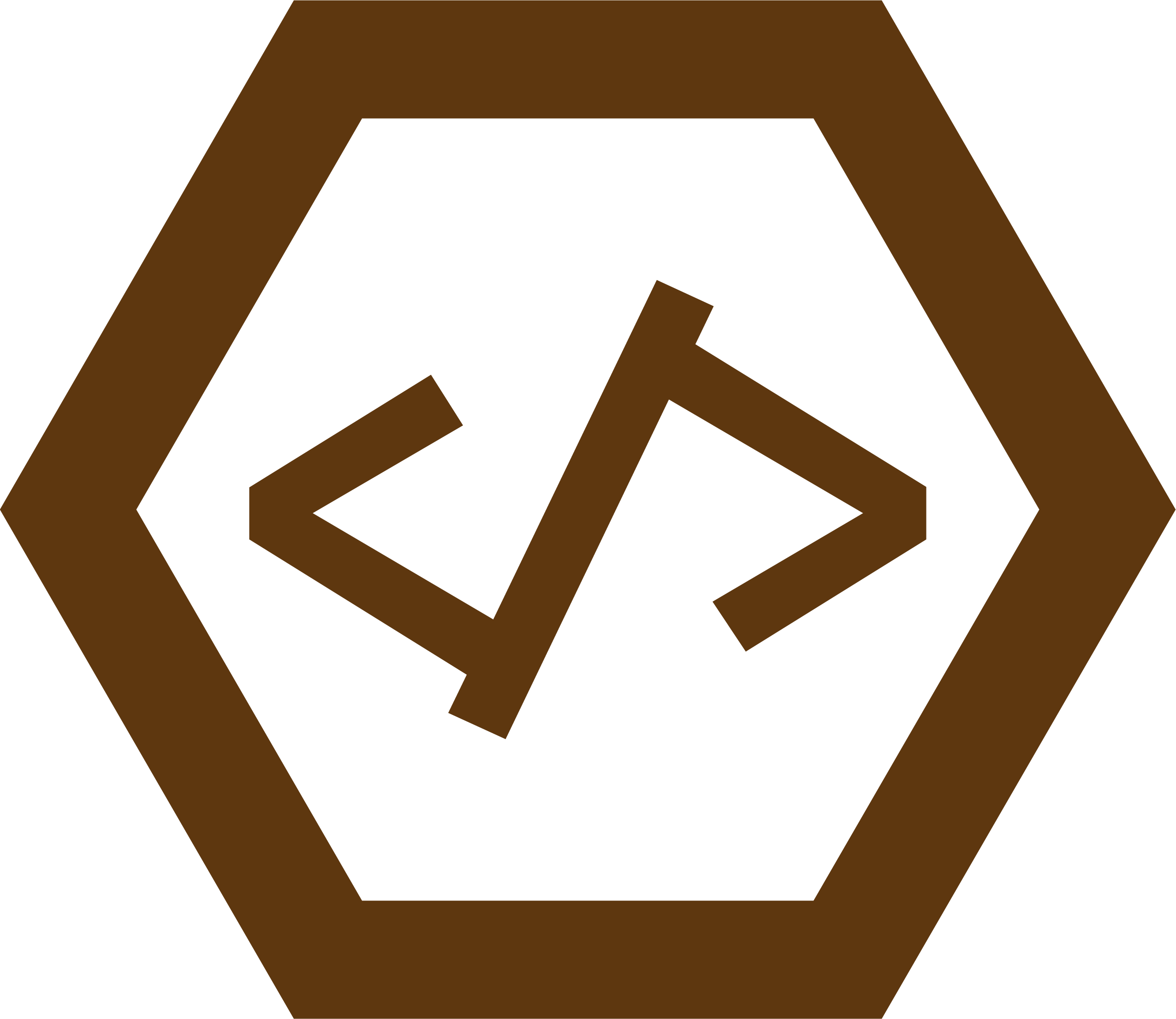The main problem related to a Dockerfile example is that it may not be suitable for all use cases. A Dockerfile is a set of instructions used to build an image, and it can be customized for different applications and environments. As such, an example Dockerfile may not contain the necessary instructions for your specific application or environment. Additionally, the syntax of a Dockerfile can vary depending on the version of Docker being used, so an example from one version may not work in another.
FROM python:3.7 WORKDIR /app COPY requirements.txt . RUN pip install -r requirements.txt COPY . . EXPOSE 5000 ENTRYPOINT ["python"] CMD ["app.py"]
1. “FROM python:3.7” – This line specifies the base image to use for the Docker container, in this case Python version 3.7.
2. “WORKDIR /app” – This line sets the working directory of the container to “/app”.
3. “COPY requirements.txt .” – This line copies a file named “requirements.txt” from the local machine into the current working directory of the container (in this case “/app”).
4. “RUN pip install -r requirements.txt” – This line runs a command inside of the container which uses pip to install all of the packages listed in requirements.txt into the container’s environment.
5.”COPY . .” – This line copies all files and folders from your local machine into the current working directory of your container (in this case “/app”).
6.”EXPOSE 5000″ – This line exposes port 5000 on your Docker container, allowing it to be accessed from outside sources such as a web browser or other applications running on your computer or network.
7.”ENTRYPOINT [“python”]” – This line sets an entry point for your Docker container, meaning that when you run it, it will automatically execute whatever command is specified here (in this case, running Python).
8.”CMD [“app.py”]” – Finally, this line specifies what command should be executed when you run your Docker container (in this case, running a file called app.py).
About Docker platform
Docker is an open-source platform for building, shipping, and running applications. It uses container technology to package applications in isolated containers so that they can be quickly deployed on any system. Docker enables developers to quickly create and deploy applications in a secure and efficient manner.
Python is a popular programming language used by many developers for creating web applications, data science projects, machine learning models, and more. With Docker, Python developers can easily package their code into containers that are portable across different systems and environments. This makes it easier to develop and deploy Python applications on any platform or cloud provider without worrying about compatibility issues or dependencies. Additionally, Docker provides an easy way to manage multiple versions of Python libraries and frameworks with its built-in image registry. This allows developers to quickly switch between different versions of the same library or framework without having to manually install them on each system they use.
What is a Dockerfile
A Dockerfile is a text document that contains all the commands a user could call on the command line to assemble an image. It is used to create a Docker image, which can then be used to create containers. A Dockerfile typically contains instructions on how to build and run an application, as well as any other dependencies it needs in order to run properly. It is written using the Python programming language and can be used with any of the popular container technologies such as Kubernetes or Docker Swarm.
How do I write Dockerfile
A Dockerfile is a text document that contains all the commands a user could call on the command line to assemble an image. It’s basically a set of instructions that tells Docker how to build your image.
To write a Dockerfile in Python, you need to start by specifying the base image you want to use. This can be done using the FROM instruction. For example, if you wanted to use Ubuntu as your base image, you would write:
FROM ubuntu:latest
Next, you need to install any necessary packages and libraries for your application. This can be done using the RUN instruction and apt-get or pip commands. For example, if you wanted to install Flask and its dependencies, you would write:
RUN apt-get update && apt-get install -y python3 python3-pip && pip3 install flask
Once all of your packages are installed, it’s time to copy over any source code or configuration files into the container. This can be done using the COPY instruction followed by the source file path and destination path within the container. For example:
COPY ./app /app/
Finally, it’s time to specify which command should be executed when running this container with docker run . This is done with CMD instruction followed by whatever command should be executed when running this container. For example:
CMD [“python3”, “/app/main.py”]
